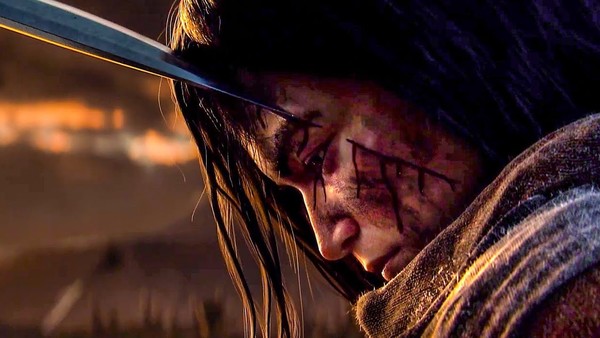7 Things Nobody Wants To Admit About Sekiro: Shadows Die Twice
7. The Story Is Torn Between Two Ideologies

Marking a major first for FromSoftware in "one of these types of games", Sekiro sees you control a main character, the "One-Armed Wolf". From any other dev in the current climate it would be considered baby steps, but now we've got a voiced protagonist, cutscenes and a solid motivation from the beginning of the game as to why you're fighting, or doing anything at all.
However, what starts out as a disgraced former shinobi having a lapse of memory as all those around him refer to a mysterious "event" that caused his downfall, turns into a completely different tale surrounding immortality and the lineage of the Ashina hierarchy.
For the former, we're given a bell that lets us travel back to the Hirata Estate three years prior, where a siege on one part of the land seems to bear some resemblance to why Wolf is in his amnesiac, forlorn state. Once you start talking to Kuro, the young Ashinian lord though, this ostensibly goes out the window.
It points to a need to try something new in terms of a more direct story - one with a defined opening mystery that can hook a wider player base in - and that clash with FromSoft sticking to their guns. Those "guns" in this case are story details and wider world lore being communicated through collectibles, items and weapons.
Maybe the entirety of Wolf's disillusionment comes from such things, or conversations I can optionally eavesdrop into, and that's more than fine, but the setup vs. how it plays out feels like two completely different approaches to storytelling.